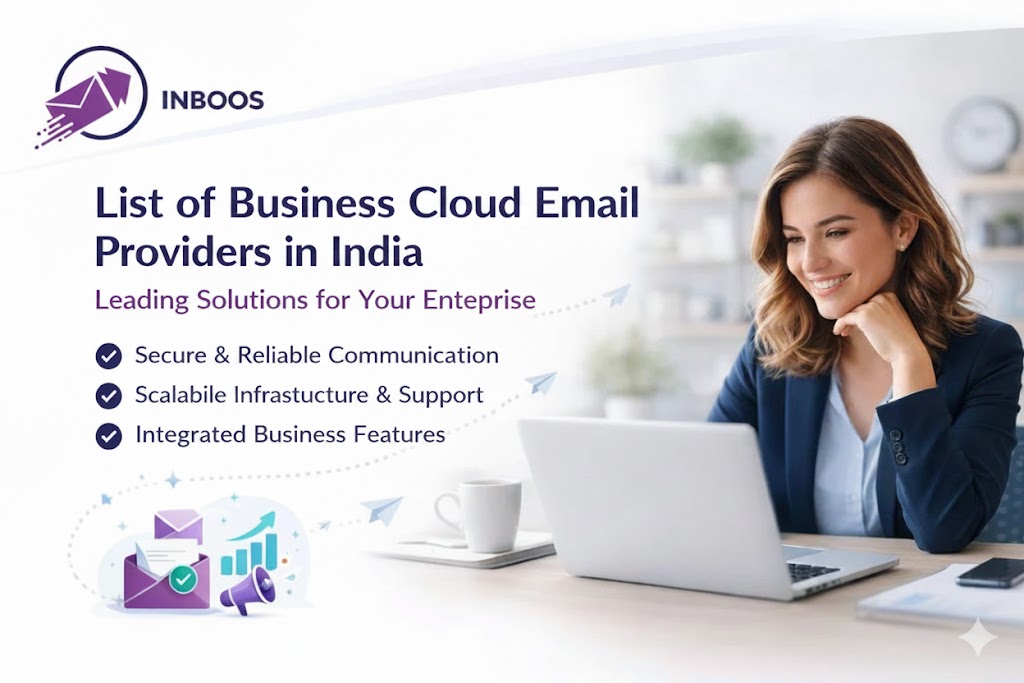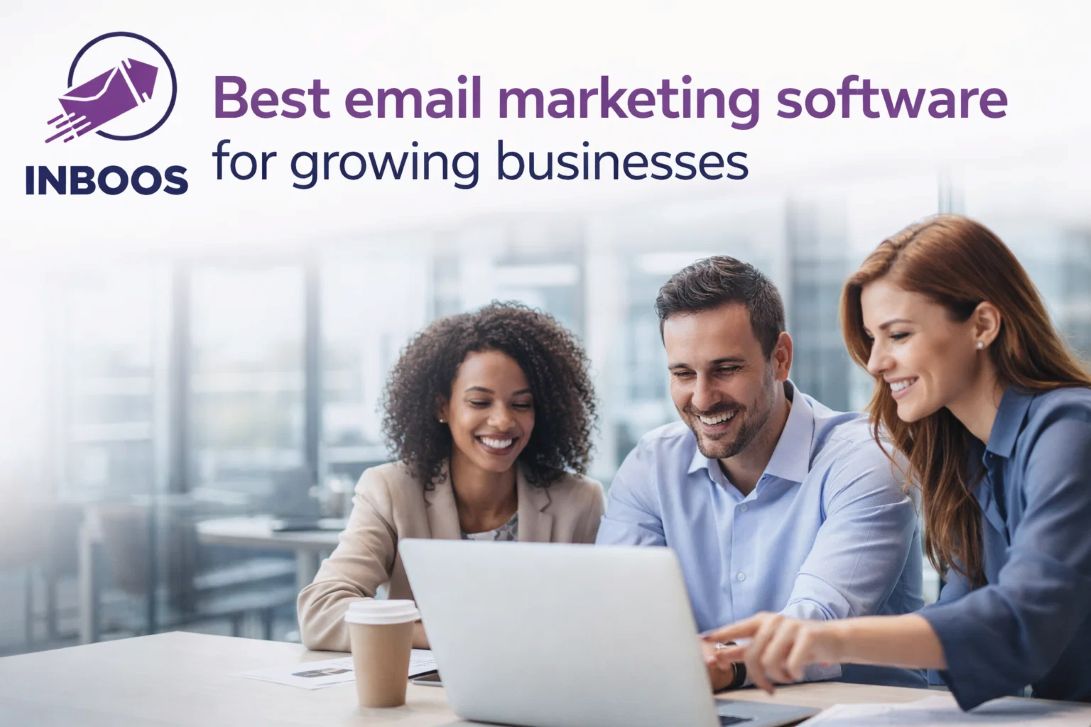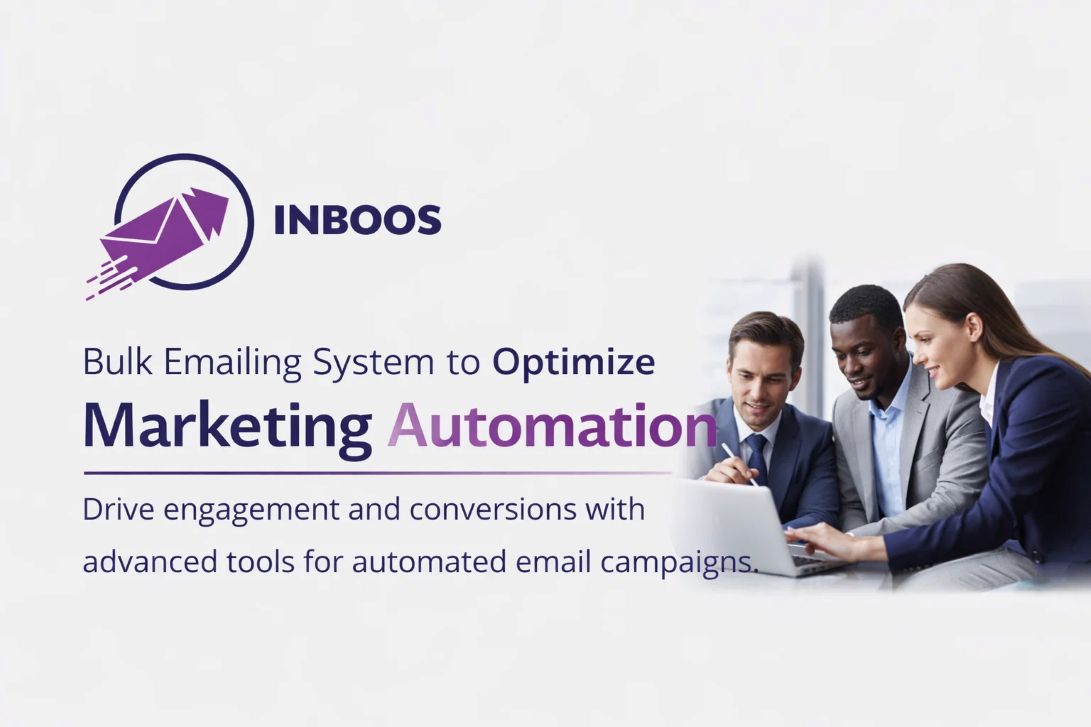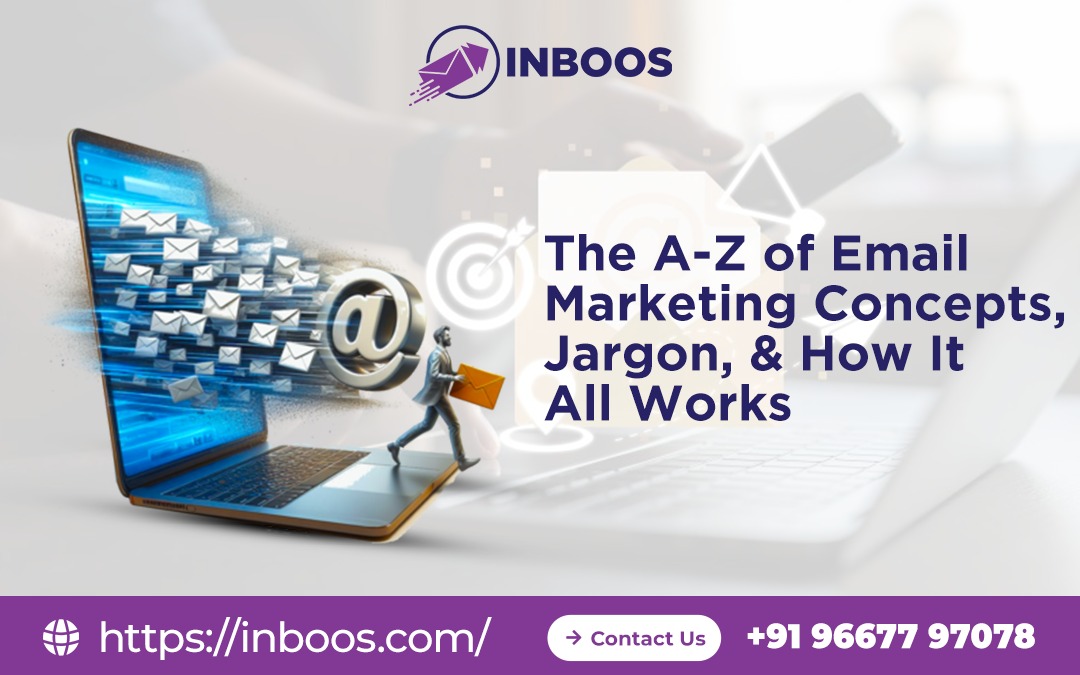Email marketing, often deemed one of the oldest digital marketing channels, consistently proves itself to be one of the most effective. In an era dominated by fleeting social media trends, email stands as a direct, personal, and highly conversion-oriented communication channel. But for newcomers, or even seasoned marketers looking to refine their strategy, the world of email marketing can seem laden with jargon and complex concepts.
This comprehensive A-Z guide will demystify the essential terms, explain core concepts, and show you how all the pieces fit together to create powerful, profitable email campaigns. Let’s dive in!
A is for Automation & Analytics
- Automation: The cornerstone of scalable email marketing. Email automation refers to setting up automated email sequences that are triggered by specific events or actions (e.g., a welcome email after signing up, a cart abandonment reminder, a birthday greeting). This allows you to send timely, relevant messages without manual intervention, saving immense time and ensuring consistency.
- Analytics: The process of tracking, collecting, and analyzing data from your email campaigns. Key metrics include open rate, click-through rate, conversion rate, bounce rate, and unsubscribe rate. Robust analytics are crucial for understanding campaign performance, identifying areas for improvement, and proving ROI.
B is for Bounce Rate & Blacklists
- Bounce Rate: The percentage of emails that could not be delivered to the recipient’s inbox. There are two types:
- Hard Bounce: A permanent delivery failure (e.g., invalid email address). These should be removed from your list immediately.
- Soft Bounce: A temporary delivery failure (e.g., full inbox, server down). Your email service provider (ESP) will usually retry sending these.
- Why it matters: High bounce rates negatively impact your sender reputation, signaling to ISPs that your list is unhealthy.
- Blacklists: Lists of IP addresses or domains that have been flagged as sources of spam by anti-spam organizations. Landing on a blacklist can severely impact your email deliverability, as many ISPs block emails from blacklisted senders. Avoiding them requires strict adherence to email best practices.
C is for Call-to-Action (CTA) & Conversion Rate
- Call-to-Action (CTA): A button, link, or phrase that prompts the recipient to take a specific action (e.g., “Shop Now,” “Learn More,” “Download Your Free Ebook”). Effective CTAs are clear, concise, and compelling.
- Conversion Rate: The percentage of recipients who completed a desired action after clicking through your email (e.g., made a purchase, filled out a form, signed up for a webinar). This is often the ultimate measure of an email campaign’s success.
D is for Deliverability & Drip Campaigns
- Deliverability: The ability of your emails to successfully land in the recipient’s inbox, rather than being filtered into the spam folder or rejected entirely. This is influenced by sender reputation, authentication, content, and recipient engagement.
- Drip Campaigns: A series of automated emails sent on a pre-determined schedule, typically triggered by an initial action (e.g., a sequence of emails after a new subscriber joins, providing educational content over several days). Also known as nurture campaigns.
E is for Email Service Provider (ESP) & Engagement
- Email Service Provider (ESP): A platform or software that allows you to send, manage, and track your email campaigns. Examples include Mailchimp, Constant Contact, HubSpot, and, of course, Inboos.com. ESPs provide essential tools for list management, template design, automation, and analytics.
- Engagement: How recipients interact with your emails. Key engagement metrics include open rates, click-through rates, reply rates, and unsubscribe rates. High engagement signals to ISPs that your emails are valued, improving deliverability.
F is for Feedback Loops (FBLs) & Footer
- Feedback Loops (FBLs): Agreements between ESPs and ISPs that allow senders to receive reports when recipients mark their emails as spam. This is crucial for quickly removing reported users from your list and protecting your sender reputation.
- Footer: The bottom section of your email that typically contains required information such as your physical address, unsubscribe link, and links to your website or social media.
G is for GDPR & Gating Content
- GDPR (General Data Protection Regulation): A strict data privacy law in the European Union that impacts how businesses collect, store, and process personal data, including email addresses. It emphasizes consent, transparency, and data subject rights. Non-compliance can lead to hefty fines.
- Gating Content: Requiring a user to provide their email address (and sometimes other information) to access valuable content like e-books, webinars, or whitepapers. This is a common and effective lead generation strategy.
H is for Hard Bounce & HTML Email
- Hard Bounce: (See “B” for Bounce Rate) A permanent failure to deliver an email due to an invalid or non-existent email address.
- HTML Email: Emails that use HTML coding to include rich text, images, videos, and complex layouts, similar to a webpage. Most marketing emails are sent in HTML format, often with a plain-text alternative.
I is for Inbox Placement & IP Address
- Inbox Placement: The ultimate goal: your email successfully landing in the recipient’s primary inbox, bypassing the spam folder or promotions tab.
- IP Address (Internet Protocol Address): A unique numerical label assigned to every device connected to a computer network. In email marketing, your sending IP address plays a significant role in your sender reputation. A dedicated IP gives you full control over your reputation, while a shared IP means your reputation can be influenced by other senders.
J is for Journey Mapping & Junk Folder
- Journey Mapping: The process of visualizing the entire customer experience, including their interactions with your emails, from initial awareness to conversion and beyond. Email marketing automation often follows a predefined customer journey.
- Junk Folder: Another term for the spam folder, where unsolicited or suspicious emails are quarantined by email providers.
K is for Key Performance Indicators (KPIs) & Keyword Stuffing
- Key Performance Indicators (KPIs): Measurable values that demonstrate how effectively a company is achieving key business objectives. In email marketing, common KPIs include open rate, click-through rate, conversion rate, and ROI.
- Keyword Stuffing: The practice of excessively repeating keywords in email content or subject lines in an attempt to manipulate spam filters. This is a “black hat” tactic that usually backfires, hurting deliverability.
L is for Lead Magnet & List Segmentation
- Lead Magnet: A valuable piece of content or offer provided in exchange for an email address (e.g., a free guide, checklist, discount code, webinar access). It’s a fundamental tool for building an email list.
- List Segmentation: Dividing your email list into smaller, more targeted groups based on shared characteristics, behaviors, or preferences (e.g., demographics, purchase history, engagement level, geographic location). Segmentation enables highly personalized and relevant messaging, leading to better engagement and conversions.
M is for Metrics & Marketing Automation Platform (MAP)
- Metrics: The data points you track to evaluate campaign performance (see “Analytics”).
- Marketing Automation Platform (MAP): A broader software system that encompasses email marketing automation but also integrates with other marketing channels (e.g., CRM, social media, landing pages) to streamline and automate various marketing tasks.
N is for Nurture Campaign & Net Promoter Score (NPS)
- Nurture Campaign: (See “D” for Drip Campaigns) A series of automated emails designed to guide leads through the sales funnel by providing valuable content and building trust.
- Net Promoter Score (NPS): A metric used to gauge customer loyalty and satisfaction. Email can be used to distribute NPS surveys and segment customers based on their responses.
O is for Open Rate & Opt-in
- Open Rate: The percentage of recipients who opened your email. While not a perfect metric (due to privacy changes like Apple’s Mail Privacy Protection), it still provides an indication of subject line effectiveness and list engagement.
- Opt-in: The process by which an individual explicitly gives you permission to send them emails.
- Single Opt-in: A subscriber is added to your list immediately after submitting their email address.
- Double Opt-in: Requires the subscriber to confirm their subscription by clicking a link in a confirmation email. This creates a higher quality, more engaged list.
P is for Personalization & Plain-Text Email
- Personalization: Tailoring email content to individual recipients based on their data (e.g., using their name, recommending products based on past purchases, segmenting by location). Personalized emails consistently outperform generic ones.
- Plain-Text Email: An email without any HTML formatting, images, or special fonts. It’s a simple, readable version that loads quickly and serves as a fallback for email clients that don’t render HTML.
Q is for Quality Score & Quiet Hours
- Quality Score: While not a single, universally defined metric for email, it broadly refers to the overall health and performance of your email program, influenced by factors like sender reputation, engagement, and content relevance. High quality score equals better deliverability.
- Quiet Hours: The times when you deliberately don’t send emails to avoid bothering recipients (e.g., late at night, early morning in certain time zones), often respecting their perceived availability. AI can help optimize send times beyond simple quiet hours.
R is for Responsive Design & Remarketing
- Responsive Design: Email templates that automatically adjust their layout and content to look good on any device (desktop, tablet, mobile). Essential for a positive user experience.
- Remarketing (or Retargeting): Sending targeted emails to individuals who have previously interacted with your website or brand but haven’t completed a desired action (e.g., abandoned cart emails, follow-ups after a product page visit).
S is for Sender Reputation & Spam Folder
- Sender Reputation: A score assigned by ISPs to your sending IP address and domain, indicating how trustworthy you are as an email sender. A good reputation leads to better inbox placement; a bad one leads to the spam folder. It’s built on factors like bounce rates, spam complaints, engagement, and consistent sending.
- Spam Folder: (See “J” for Junk Folder) The digital purgatory for unwanted emails.
T is for Triggered Emails & Throttling
- Triggered Emails: Emails sent automatically in response to a specific action or event by a user (e.g., “welcome,” “abandoned cart,” “thank you for purchase”).
- Throttling: The practice of deliberately limiting the number of emails sent per hour or per day to a specific ISP. This prevents overwhelming their servers and helps maintain a good sender reputation, especially crucial for high-volume sending.
U is for Unsubscribe & UTM Parameters
- Unsubscribe: The act of a recipient opting out of receiving future emails from your list. A clear, one-click unsubscribe link is legally required and crucial for maintaining list hygiene and avoiding spam complaints.
- UTM Parameters (Urchin Tracking Module): Short text codes added to URLs that allow you to track the source, medium, and campaign that a website visitor came from. Essential for attributing website traffic and conversions back to specific email campaigns.
V is for Value Proposition & Velocity
- Value Proposition: The unique benefit or reason why a subscriber should open your email and engage with your content or offer. Clearly communicating your value is key to engagement.
- Velocity: In email marketing, this refers to the rate at which you send emails. Sudden, drastic changes in sending velocity can negatively impact deliverability, as it looks suspicious to ISPs.
W is for Welcome Series & Whitelist
- Welcome Series: The initial set of automated emails sent to new subscribers, designed to introduce your brand, set expectations, and encourage initial engagement. It’s one of the most important automated sequences.
- Whitelist: A list of approved senders that a recipient’s email client or server trusts. Being whitelisted by a recipient ensures your emails always land in their inbox. While you can’t force a whitelist, encouraging recipients to add your address to their contacts helps.
X is for XML (eXtensible Markup Language) & X-headers
- XML: While not directly used for email content, XML is a markup language for structuring data. It’s relevant in the context of data feeds that might be used to populate dynamic content in emails.
- X-headers: Custom headers added to an email that contain additional information, often used for tracking or internal purposes. Less common for the average marketer, but part of the behind-the-scenes data.
Y is for Year-End Campaigns & Yield
- Year-End Campaigns: A strategic series of emails deployed towards the end of the year, often focusing on holiday sales, year-in-review content, or charitable giving.
- Yield: The total return or profit generated from your email marketing efforts, often expressed as ROI (Return on Investment). The ultimate goal of all your email marketing activities.
Z is for Zombie Subscribers & Zero-Party Data
- Zombie Subscribers: Email addresses on your list that are technically valid but have shown no engagement (opens or clicks) over a prolonged period. These can harm your deliverability by signaling low engagement to ISPs. They should be targeted with re-engagement campaigns or suppressed.
- Zero-Party Data: Data that a customer intentionally and proactively shares with a company (e.g., expressed preferences, interests, needs through quizzes, surveys, or preference centers). This is incredibly valuable for personalization and highly relevant email marketing.
Bringing It All Together: The Power of a Unified Approach
Understanding these terms is just the beginning. The true magic of email marketing happens when you combine these concepts into a cohesive, data-driven strategy. It’s about:
- Building a healthy, permission-based list (A, B, O, G, L)
- Creating highly personalized and valuable content (A, C, E, P, V, Z)
- Leveraging automation to send timely messages (A, D, T)
- Ensuring optimal deliverability (B, D, F, I, Q, R, S, T, W)
- Continuously analyzing and optimizing your performance (A, C, E, K, M, Y)
Accelerate Your Email Marketing Success with Inboos.com
Navigating the intricacies of email marketing, especially when aiming for high volumes and top-tier deliverability, can be challenging. That’s where Inboos.com steps in.
Our AI-powered email marketing platform is designed to take the guesswork out of these complex processes, helping you implement the “A-Z” principles with ease and effectiveness.
- AI-Driven List Management: Inboos.com uses advanced AI to automatically clean your lists, identify zombie subscribers, and manage bounces and unsubscribes, ensuring your sender reputation remains pristine (B, H, S, U, Z).
- Hyper-Personalization at Scale: Our intelligent engine analyzes subscriber data to dynamically tailor content, product recommendations, and optimal send times for each individual, maximizing engagement and conversions (A, E, P, T).
- Seamless Automation & Triggered Campaigns: Build sophisticated drip campaigns and automated workflows with intuitive tools, letting AI optimize the delivery and sequence for maximum impact (A, D, J, M, N, T).
- Robust Deliverability Features: Benefit from automated SPF, DKIM, and DMARC setup and monitoring, along with intelligent throttling and IP warm-up strategies, ensuring your emails reach the inbox (B, D, I, S, T).
- Comprehensive Analytics & Insights: Gain deep, actionable insights into your campaign performance with easy-to-understand dashboards and AI-powered recommendations for continuous improvement (A, C, E, K, M).
Whether you’re just starting your email marketing journey or looking to scale your efforts to the next level, Inboos.com provides the cutting-edge technology and intuitive interface you need to succeed. Visit Inboos.com today to learn more and transform your email marketing strategy from A to Z!
 logo
logo




